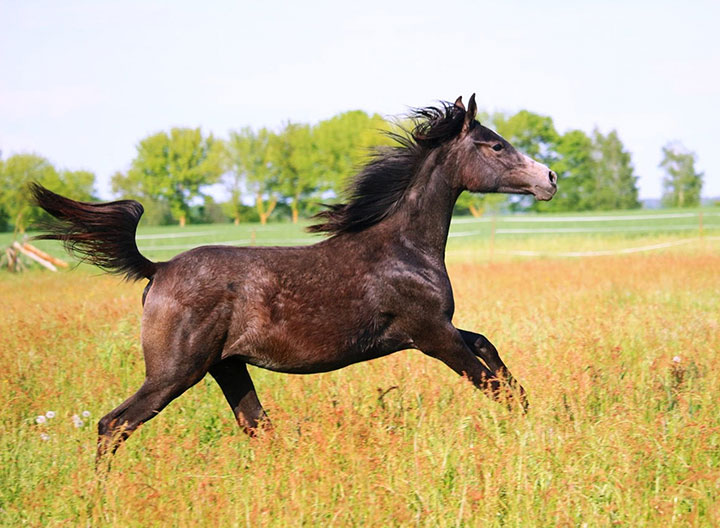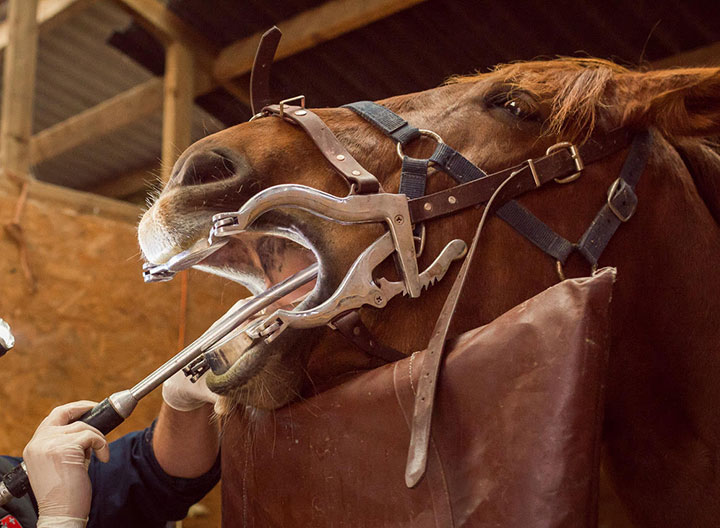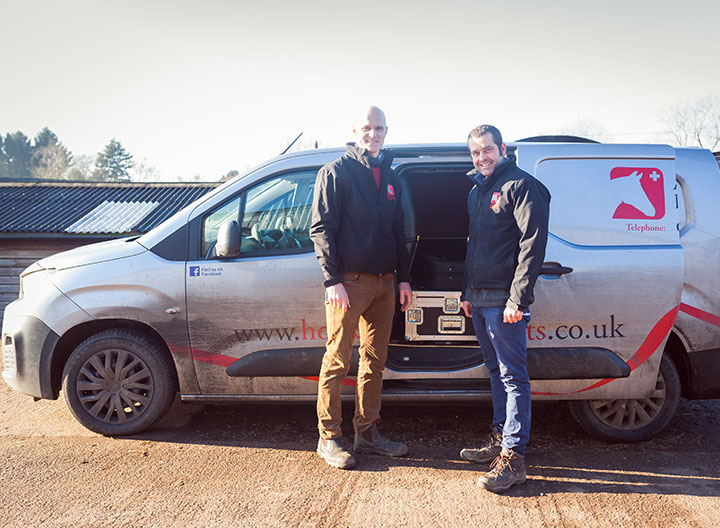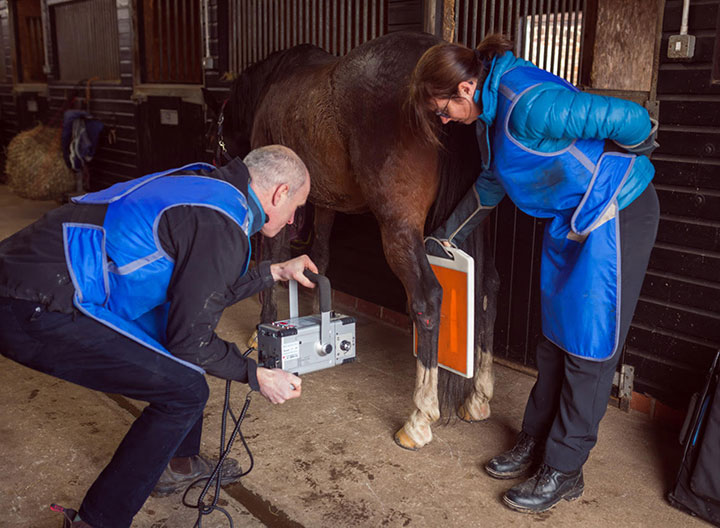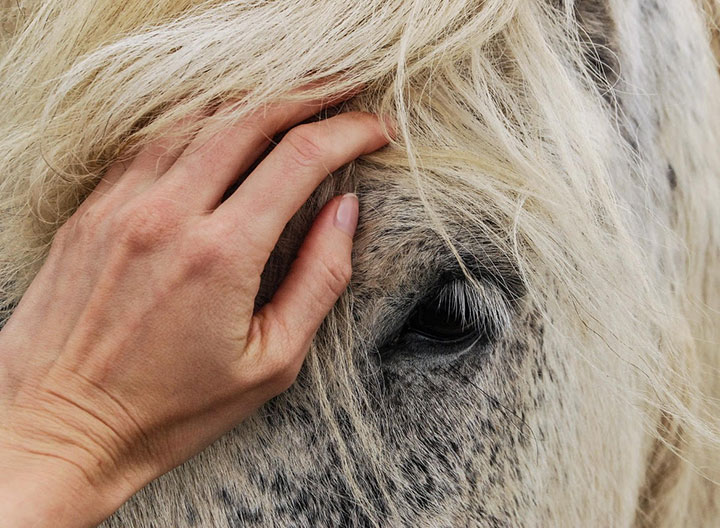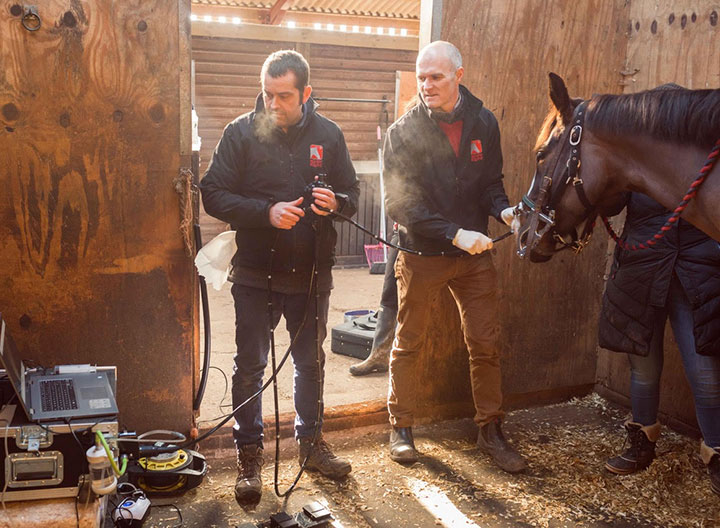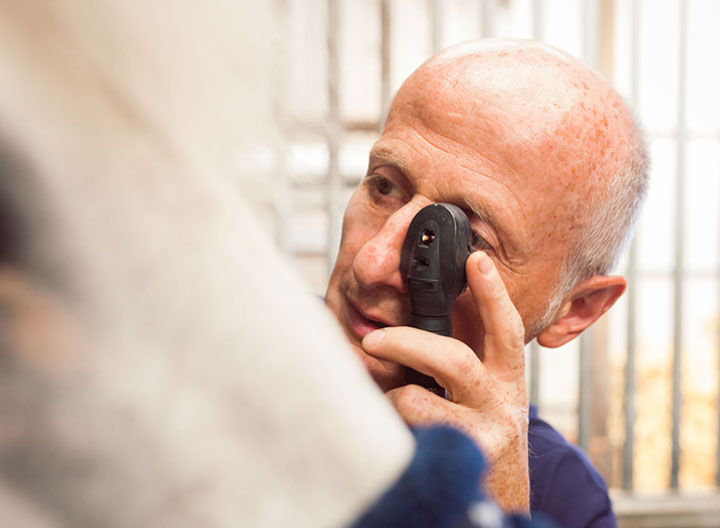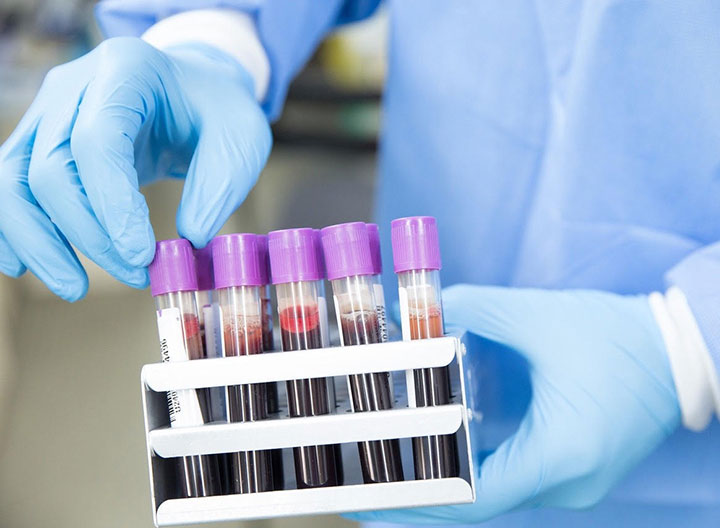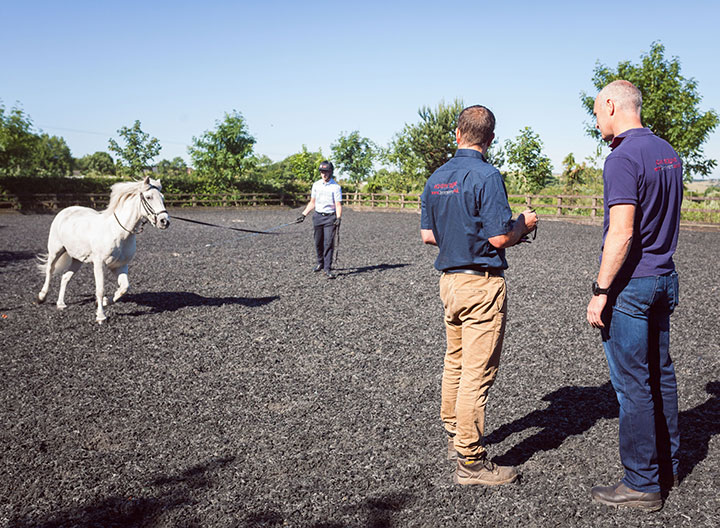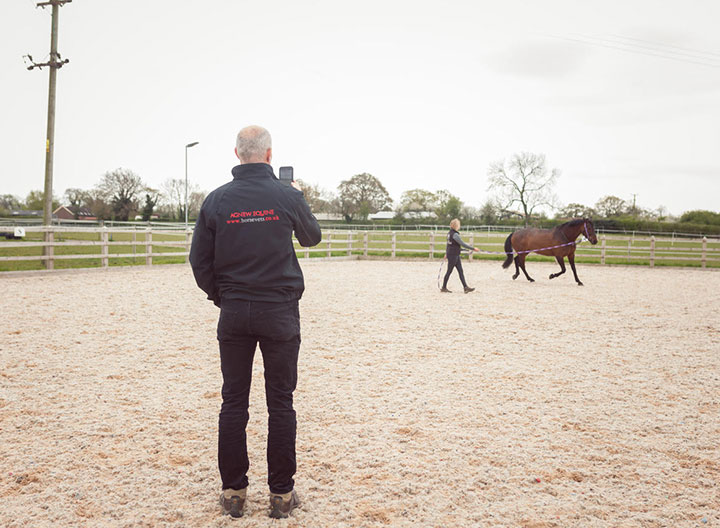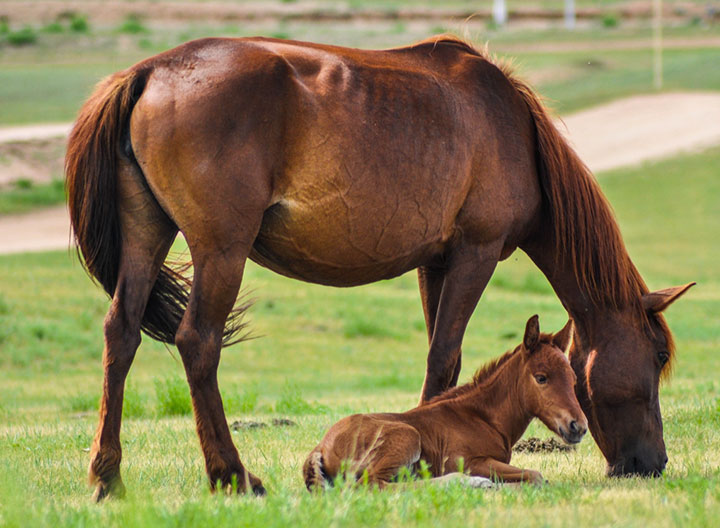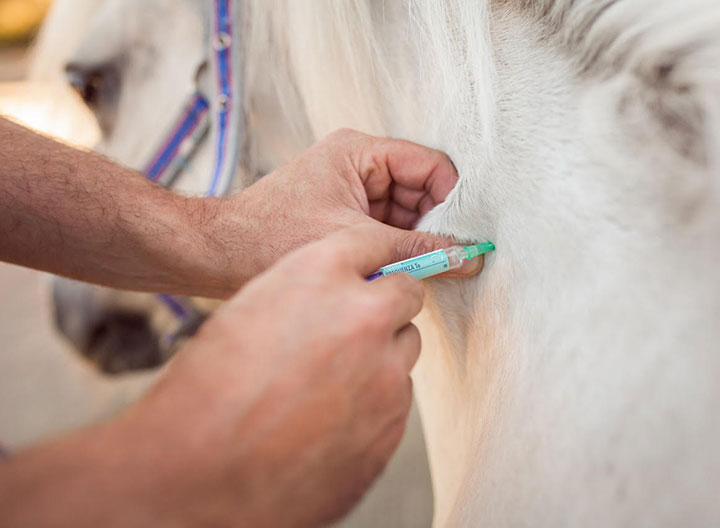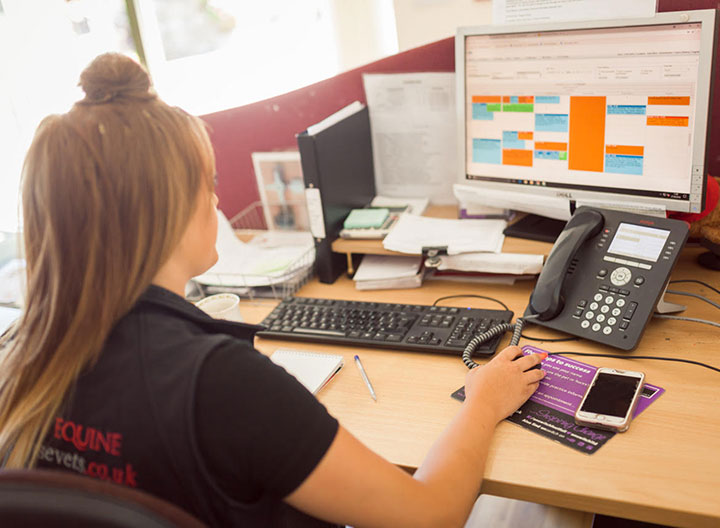Reproductive Services
Agnew Equine provides support if you are considering breeding from your mare. We help you to determine the mare’s suitability for breeding, offer ultrasound scanning and pregnancy diagnosis, provide vaccinations to prevent abortion, assist with pregnancy or twin pregnancy management and are there through to the exciting and (often nerve-wracking!) experience of foaling and the care of the foal after birth.
Artificial Insemination
AI is a process that allows a mare to get pregnant without being covered naturally by a stallion. The semen is collected from the stallion, either chilled or frozen, transported to the required location and then inseminated into the mare. This process requires a thorough knowledge of the stage of the mare’s reproductive cycle which may or may not have been influenced by drugs. Advantages of artificial insemination include:
- The mare and stallion never have to come in contact with each other, which therefore reduces breeding accidents, such as the mare kicking the stallion
- AI opens up the world to international breeding, as semen may be shipped across continents to mares that would otherwise be unable to breed to a particular stallion
- A mare also does not have to travel to the stallion, so the process is less stressful on her, and if she already has a foal, the foal does not have to travel
- AI allows more mares to be bred from one stallion, as the ejaculate may be split between mares
- AI reduces the chance of spreading sexually transmitted diseases between mare and stallion
- AI allows mares or stallions with health issues, such as sore hocks which may prevent a stallion from mounting, to continue to breed
- Frozen semen may be stored and used to breed mares even after the stallion is dead, allowing his lines to continue.
As a rule, fresh and chilled semen are suited to a broader spectrum of mares and results in better pregnancy rates than frozen semen.
The timing of insemination in AI programmes is very important. In order to predict the time of ovulation and synchronise this with insemination we use ultrasound scanning. Ultrasonography enables us to detect changes in the mare’s ovaries and uterus that helps us to predict the time of ovulation. It is performed via the mare’s rectum and is generally well tolerated. The degree of restraint required is very dependent on the mare’s temperament.
In order for a mare to become pregnant, semen must be introduced into the mare’s uterus at the correct time – the time of ovulation. Ovulation occurs at the end of the mare’s oestrus period, the time when she is sexually receptive and showing signs of being in season. The optimal time to inseminate a mare using fresh or chilled semen is 24 hrs before she ovulates. This allows the semen time to mature within the mare’s uterus maximising its ability to fertilise the mare’s egg successfully. We can administer drugs to the mare that encourage her to ovulate at the ideal time.
Following a successful insemination, mares are routinely scanned 24 to 48 hrs later. This is to confirm that the mare has ovulated and to detect any fluid within the uterus. Fluid accumulates within the uterus in some mares following insemination (termed post breeding endometritis) and if left untreated would impede the ability of the pregnancy to develop. If present, free uterine fluid is treated with an antibiotic washout and drugs that cause the uterus to contract expelling any fluid.
Mares are scanned to tell if they are pregnant usually about 14-16 days after ovulation. If there is one pregnancy at that time a repeat scan is performed about 10 days later to check for a heartbeat. If the mare is not in foal then the AI cycle can be repeated.
Please contact us if you are interested in learning more about how or when to get your mare in foal. Arnie Agnew leads our reproductive services and would be happy to speak with you.

